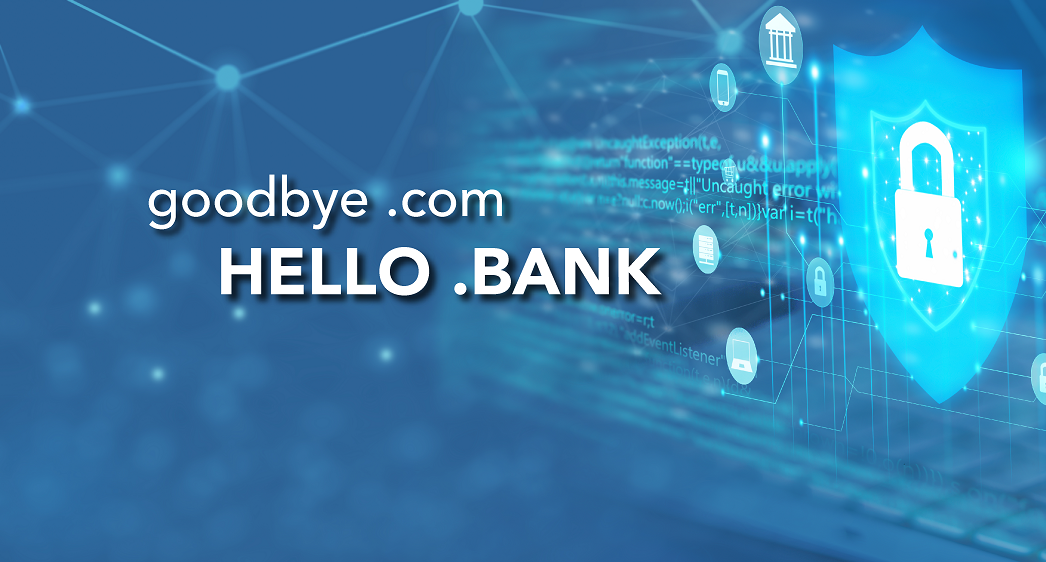ChoiceOne Financial Services, Inc., and ChoiceOne Bank are pleased to announce advancements in digital banking security. ChoiceOne will transition their website domain to “choiceone.bank” from “choiceone.com” on January 23. This change will provide another layer of enhanced security and verification requirements to reduce the risk of cyber threats and enable the Bank to provide a greater level of digital security.
“Customer security – both in personal and financial information – is always a top priority at ChoiceOne,” said ChoiceOne CEO Kelly Potes. “With a reputation for providing industry-leading technology that supports our customers’ needs for high-speed convenience, security is at the forefront of every decision we make. Transitioning our domain name to ‘choiceone.bank’ from ‘choiceone.com’ will provide additional security features giving our customers an even greater level of digital security today.”
ChoiceOne email addresses and website URL will now end in ‘.bank’. Before interacting with ChoiceOne emails and before entering a username and password on ChoiceOne’s website, customers can simply look for the ‘.bank’ to authenticate the email and website. Choiceone.com email addresses will forward to the new choiceone.bank email addresses, and the ‘.com’ website will redirect to the new ‘.bank’ website. Customers will want to update their address books and bookmark for the site.

According to the American Bankers Association (ABA), banking has remained one of the most phished industries for more than a decade. Publicly available, unrestricted, and inexpensive domains (e.g., .com, .net) enable bad actors to easily obtain lookalike domains to execute business email compromises, phishing and spoofing attacks that lead to data breaches, identity theft, and financial fraud.
With the ‘.bank’ visual authentication cue in place consumers can quickly confirm emails and websites are real, and avoid interactions that could lead to identity theft and financial fraud. This authentication is also an additional layer of protection for internal and vendor communications, helping to further secure against potential breaches.
The ‘.bank’ domain is a gated domain, like .gov or .edu, and is exclusive for verified banks. A ‘.com’ domain can be purchased by anyone, whereas the ‘.bank’ domain is quickly verified that the website or email is authentically from ChoiceOne Bank. Customers and consumers can interact with confidence when they see the ‘.bank’ at the end of the Bank’s email address and website URL.
All banks using ‘.bank’ are verified and authenticated by fTLD Registry Services, LLC, the ‘.bank’ administrator. This ensures everyone using a ‘.bank’ domain is an eligible organization. Hackers and bad actors cannot get a ‘.bank’ domain to create lookalike domains for phishing and spoofing, as they can in a ‘.com’ and other publicly available domains.
“Our customers rely on our digital banking platforms including mobile banking, mobile deposits, online banking, online loan applications, online account openings and our digital mobile savings tool,” said Potes. “The move to a ‘.bank’ domain is a business decision every bank must make, and plan for, based on its own priorities and resources. At ChoiceOne, it is a priority for us to enhance our security and provide our customers with an easy way to authenticate our email communications and website so we made the move to choiceone.bank.”
See https://www.choiceone.com/dotbank/ for more information on the benefits of a ‘.bank’ website domain.